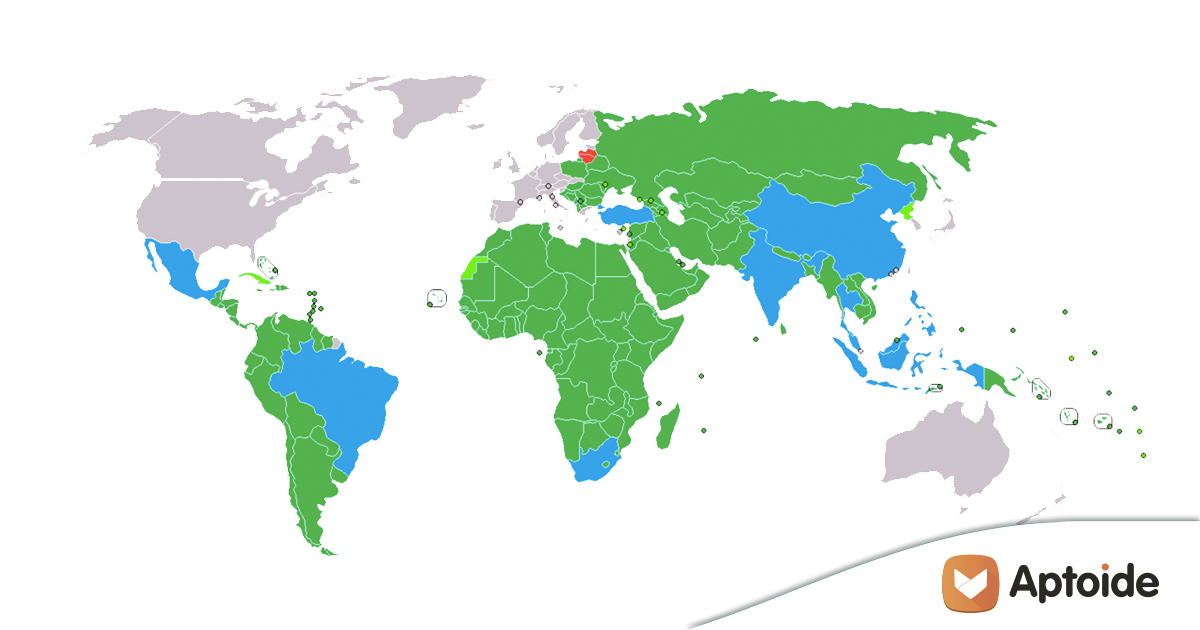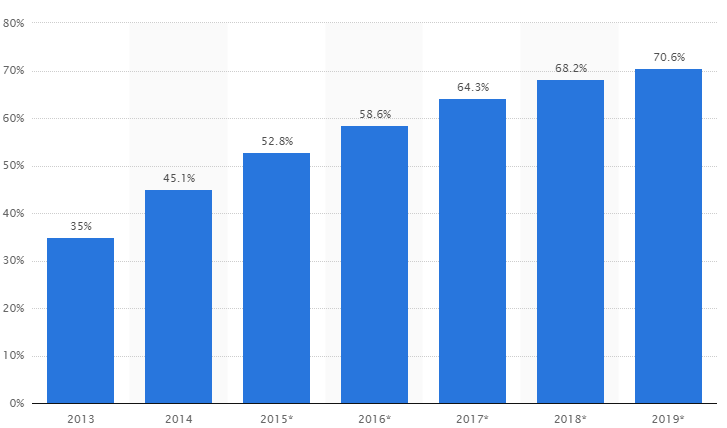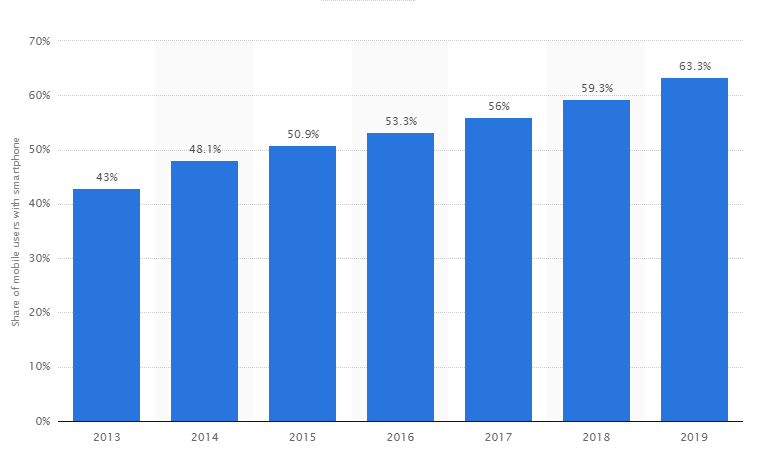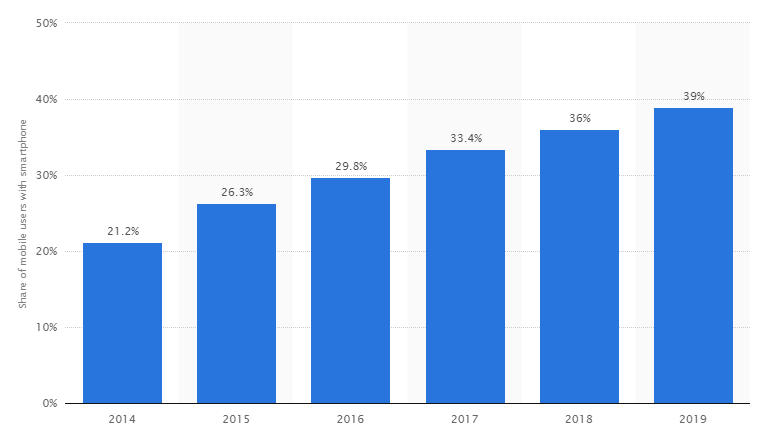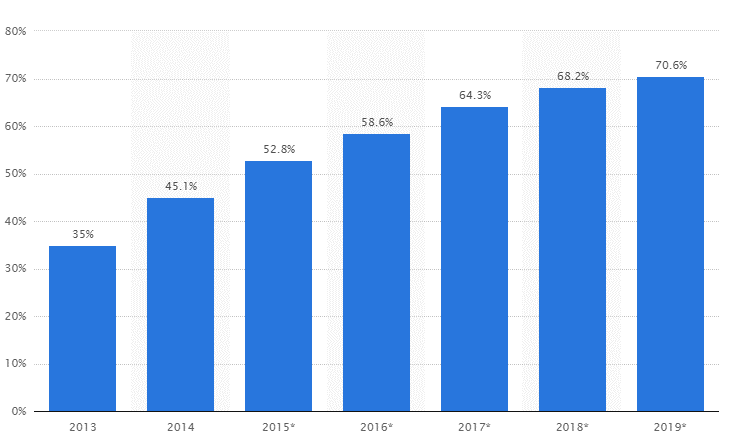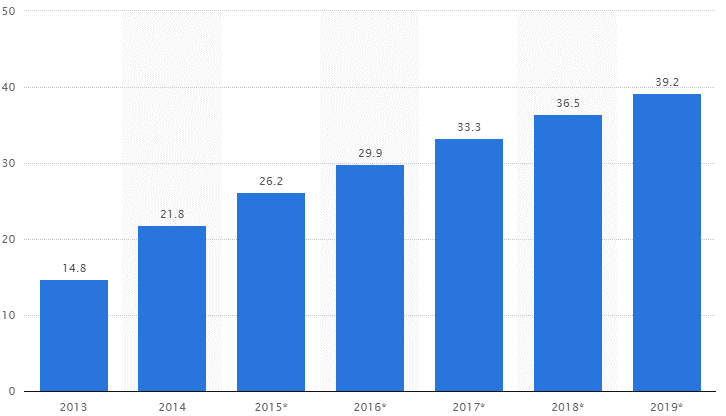The Internet is not something that new, but emerging countries only recently have started to connect. If you look for issues such as mobility, it’s not that surprising that, for most of the people living there, the first contact they have with the world wide web happens not through a computer, but through a smartphone or tablet.
The numbers explain the potential of these still unexplored markets. China, for instance, is the country with the highest number of Internet users – they are about 700 million. The second country on the list is India, with a total of 354 million users. An impressive amount if you consider that only 30% of the people have access to the Internet.
And, of course, we can't speak of Internet democratization without stressing the work done white label companies in emerging mobile markets. By guaranteeing affordable prices, known brands such Xiaomi or Huawei have seen their popularity growth to the point that they are now competitors to tier ones, such as Apple or Samsung.
With a tough competition, most brands are now trying to deep dive into less conventional markets. On most European countries, the mobile penetration rate has already reached about 80%, which means that there isn’t much space for growth. In the other hand, larger countries and regions like the Southeast Asia are registering very positive numbers.
Brazil##
Brazil has already a high smartphone penetration rate, which means that people are used to smartphones. Looking at the predictions from Statista, we see that there will be a very high growth in the next few years. Besides, the country also has an interesting number of startups, OEMs and Telcos that are currently taking advantage of this privileged scenario. Android dominates the market, but, iOS apps still generate more revenue.
China##
Billions of people and significant smartphone penetration rates make China an attractive country for investors. Even if their share of the market is small, they will be capable of catching a very high number of users. You must consider thought, that it is a very competitive market, with several OEMs. You must also take in consideration that the purchasing power of Chinese is relatively low and there are some restrictions imposed by the Chinese government.
India##
Looking at the graph, we can easily understand that India is still in its initial phase in terms of smartphone penetration. The rapid growth makes this country one of the biggest emerging mobile markets, which can also be perceived by the growing investment in app development. According to the Mobile Market Association, last year, companies invested about 50 million dollars only in ads in order to expand their market.
Russia##
Russia can be seen as the biggest mobile market in Europe. Currently, the country has four telecom operators, but if you are a marketeer and you want to reach customers there, then you must explore less conventional channels, such as Yandex or VK. Despite of the usage of smartphones, Russians are not willing to spend much money on their apps.
Philippines##
When compared with the previous countries, the Philippines is relatively small. Despite, there are already some OEMs exploiting the country’s potential. The smartphone penetration rate is growing fast and steady, and the fact that around 40% of the mobile users speak English makes it much easier to reach them. The growth relies mostly on the affordable prices you can find there.
If you work for an OEM or Telco, find out why Aptoide is the perfect distribution and monetization channel for you and get to know more about our programs. By the way, we offer you the possibility to create an App Store based on a revenue share model. Curious? Right this way.
